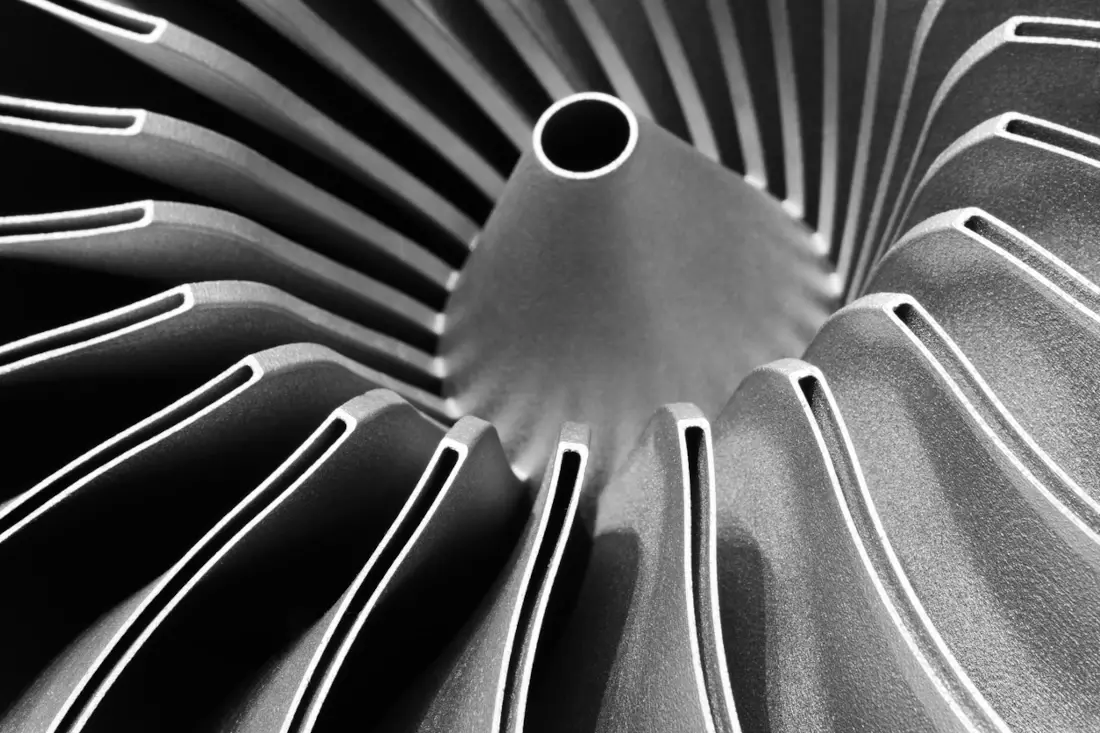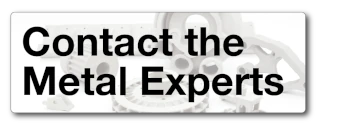
How Rapid Prototyping 3D Printing is Changing the Manufacturing Landscape
Rapid prototyping is revolutionizing the way we think about manufacturing and design. With 3D printing prototypes, engineers can turn ideas into reality in a very short time. In metal additive manufacturing, rapid prototyping is making significant advancements.
In this article, we’ll dive into the foundation of rapid prototyping 3D printing, the role it plays in manufacturing, and then explore the future of the process.
What is Rapid Prototyping and How Does it Work?
The rapid prototyping process starts with a 3D model built using computer-aided design (CAD) software. The 3D model can be a replica of a scanned, existing object or can be designed from scratch.
Once the model is created, it’s then processed by slicing software, which divides the model into thin, horizontal layers and generates the necessary instructions for the 3D printer.
After this phase, the actual printing begins. This next step can be performed using various technologies including, Direct Metal Laser Sintering (DMLS), Selective Laser Melting (SLM), or Metal Binder Jetting – more on these rapid prototyping methods later!
What’s the Difference Between 3D Printing and Rapid Prototyping?
As mentioned above, rapid prototyping uses a CAD file to create a 3D prototype model. It’s a specific 3D printing process used to produce prototypes quickly. On the other hand, 3D printing describes additive manufacturing processes in general.
Metal Additive Rapid Prototyping Methods
There are three main rapid prototyping methods in metal additive manufacturing:
- Direct Metal Laser Sintering (DMLS)
- Selective Laser Melting (SLM)
- Metal Binder Jetting
1. Direct Metal Laser Sintering (DMLS)
Direct Metal Laser Sintering is a technique that uses a laser to fuse fine metal powders together, layer-by-layer, directly from a digital 3D model.
When used for rapid prototyping, DMLS offers complex and detailed metal parts that traditional methods may struggle with. Due to its complex abilities, DMLS is frequently found in the aerospace, automotive, and medical device industries.
2. Selective Laser Melting (SLM)
Selective Laser Melting is a method that uses a high-powered laser to fully melt and fuse metallic powders into solid 3D objects based on CAD models – unlike DMLS which only heats the powder to a point just below its melting point.
SLM is also frequently used to create high-strength, durable components for the aerospace, automotive, and medical implant industries.
3. Metal Binder Jetting
Unlike DMLS and SLM which use lasers to sinter or melt metal powder, Metal Binder Jetting involves depositing a liquid binding agent onto layers of metal powder, one layer at a time based on a digital 3D model.
Metal Binder Jetting can also be found in the aerospace, automotive, and medical industries due to its ability to quickly produce parts while remaining cost-effective.
For more information on DMLS and binder jetting, check out our article: Binder Jetting vs. DMLS in Aerospace.
The Benefits of Rapid Prototyping & Impact on Manufacturing
Rapid prototyping for metal additive manufacturing offers several advantages including:
- Enhanced and accelerated designs
- Improved sustainability
- Customization at scale
Enhanced and Accelerated Designs
Rapid prototyping allows engineers to explore complex geometries that were previously considered unmanufacturable. It also fosters innovation, enabling the creation of parts with optimized strength-to-weight ratios and intricate internal features.
Additionally, rapid prototyping significantly shortens development cycles. Engineers can quickly change designs based on feedback to refine functionality and aesthetics. This greatly reduces the overall time-to-market of products.
Improved Sustainability
Metal additive manufacturing contributes to sustainability by reducing material waste when compared to subtractive methods. Since each method builds layer-by-layer, you aren’t left with remaining scrap – and rapid prototyping improves sustainability even more.
With rapid prototyping, engineers can create model parts (prototypes) one at a time to find the most efficient and sustainable production method. Additionally, rapid prototyping produces parts on-demand and on-site, significantly reducing the need for long and complex supply chains and lowering the environmental footprint over time.
Customization at Scale
Since rapid prototyping starts with a digital model, it allows for easy adjustments and customizations without needing new tools or molds. This digital flexibility allows manufacturers to produce small batches or single items of customized products with the same efficiency as large production runs – making customization at scale both attainable and cost-effective.
The Future of Rapid Prototyping
Rapid prototyping in metal additive manufacturing will continue to expand and provide advancements driven by technology innovations, material improvements, and automation.
Technology Innovations
Technology is continuously evolving in the additive manufacturing sector, with the latest innovation being the TriTone MoldJet machine.
Tritone offers MoldJet technology that handles materials ranging from metal to ceramic and is a powder-free AM method. As this technology is implemented into more facilities, it will offer a higher density of parts, auto layer correction, powderless environments, fine detail and smooth surface quality, and produce in a range of sizes and materials.
Did you know that APG was the first manufacturing facility in North America to adopt the Tritone MoldJet processes?
Material Improvements
The development of new metal alloys specifically engineered for additive manufacturing is a key area of focus for advancements. These materials will offer improved properties such as higher strength, better thermal conductivity, and greater corrosion resistance – expanding the range of applications for metal AM prototypes.
Automation
By having automation handle both rapid prototyping capabilities and full-scale production abilities, the time to market on products will be shorter than ever.
Automated systems for powder handling, post-processing, and quality inspection will reduce the need for manual labor, improve safety, and increase operational efficiency.
Unlocking the Potential of Rapid Prototyping 3D Printing
Rapid prototyping is changing the way we view manufacturing and product design, and the ideas are endless. Engineers can now visualize their ideas, create a CAD file to design it, then have the part produced nearly overnight – something unheard of years ago.
With the significant advancements rapid prototyping 3D printing has to offer, combined with the power of automation, the future could involve full-scale automated production.
If you’re interested in learning more about the potential of rapid prototyping and metal additive manufacturing, reach out to our team of experts at Alpha Precision Group.

